Your cat reaches out and gently taps your hand while you’re scrolling through your phone. Maybe they place a soft paw on your cheek while you’re reading. These tender moments happen countless times throughout our lives with cats, yet most of us never truly understand what our feline friends are trying to tell us.
The simple act of a cat carries layers of meaning that reveal the complex emotional world of our companions. From expressions of deep trust to urgent requests for attention, these paw touches represent a sophisticated form of communication that deserves our understanding. Let’s explore the fascinating reasons behind this behavior and discover what your cat is really saying when they reach out to you.
Your Cat Is Seeking Your Attention

A cat tapping is usually a way that a cat is asking for attention and potentially something else. The main reason a cat taps is because your feline friend is looking for attention in some form. Think of it as their version of tapping someone on the shoulder to get noticed.
Pawing is an attention-seeking behavior that a cat will use to see if you’ll respond to him, especially if he’s bored, anxious or hungry. When your cat gets lonely or bored, he may seek you out and try to get your attention by either meowing at you or touching you with a paw. Your cat has learned that physical contact is often more effective than meowing from across the room.
They’re Showing You Love and Affection
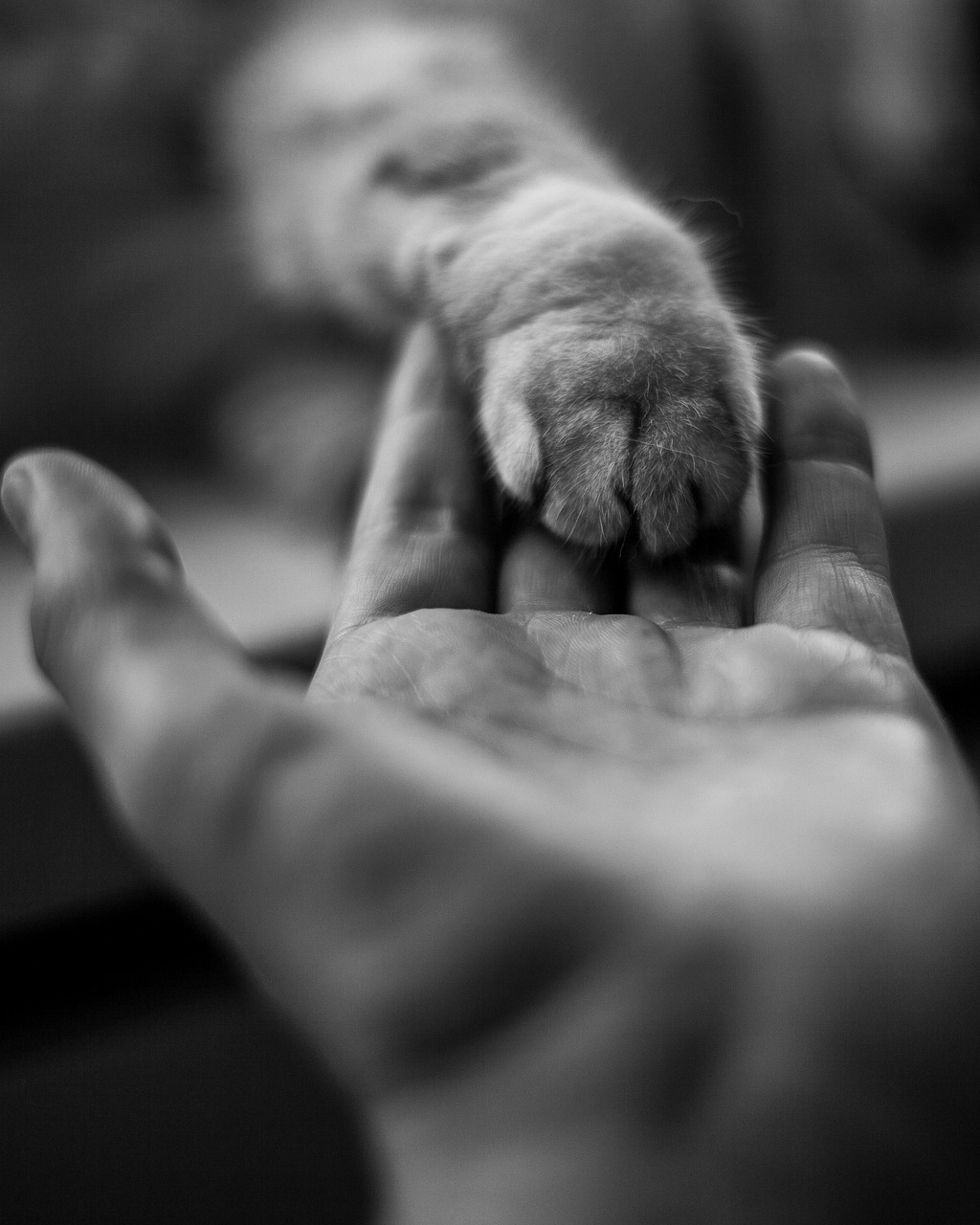
Your cat may use their paws to show affection: Cats will paw and knead you like they did as kittens with their mother. It’s an action that occurs out of instinct but means that your cat loves you. This behavior connects directly to their earliest memories of comfort and safety.
Your cat may also put their paw on your face because they are showing affection. Cats are not as expressive as dogs but have their ways of saying, “I love you.” One is putting their paw on you, a sign of trust and intimacy. When your cat chooses to touch you gently with their paw, they’re offering one of their most sincere expressions of care.
Marking You With Their Scent
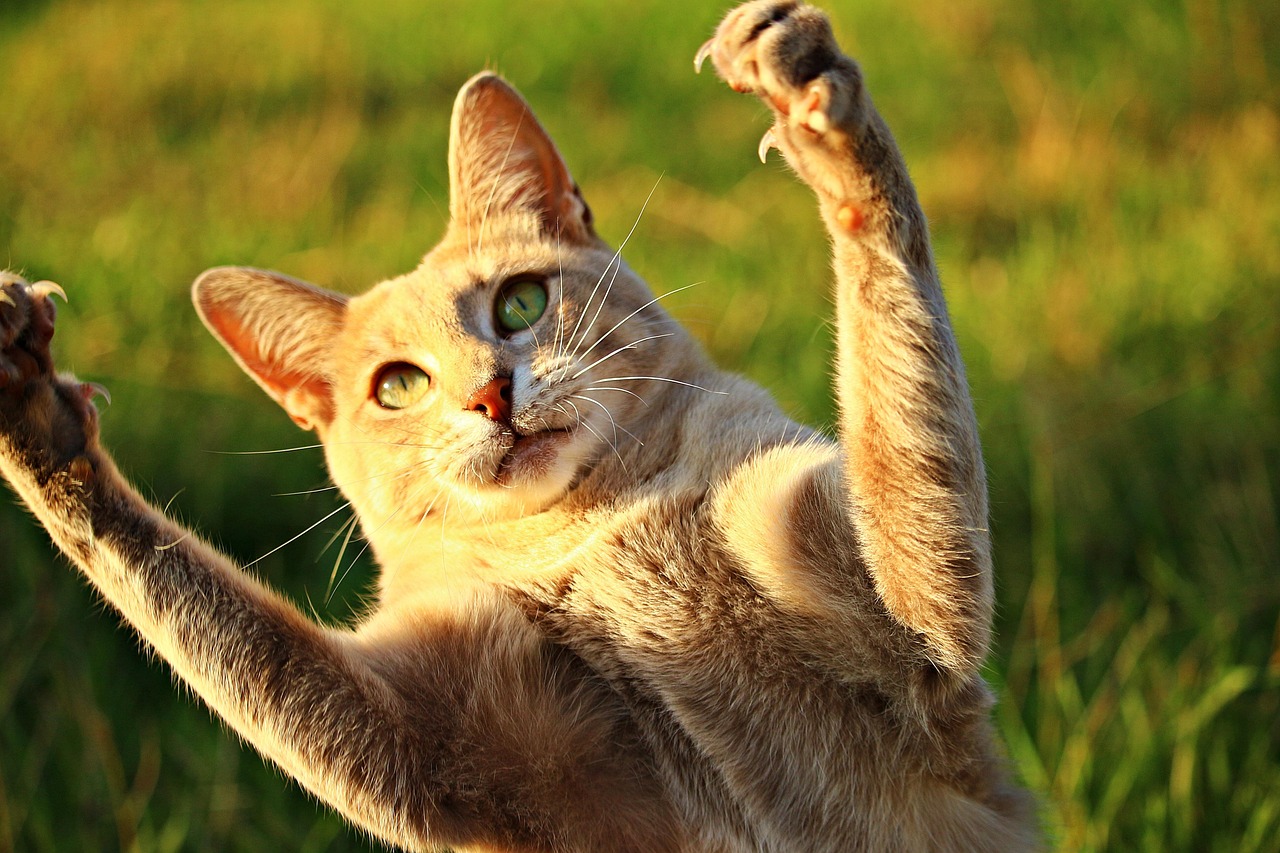
Cats have scent glands in their paws. So when they touch you with a paw, it might be a way to transfer their scent to you. This isn’t about possession in the way we might think, but rather about creating a shared family scent that brings them comfort.
Cats like to communicate with pheromones, chemicals they produce in their scent glands to mark their territory and even their owners. The bottoms of a kitty’s feet contain scent glands that leave behind pheromones when he touches you with them. The presence of his scent on you comforts him and marks you as familiar — he’s saying “you’re mine” with his scent. It’s their way of claiming you as part of their chosen family.
They Want Something Specific From You
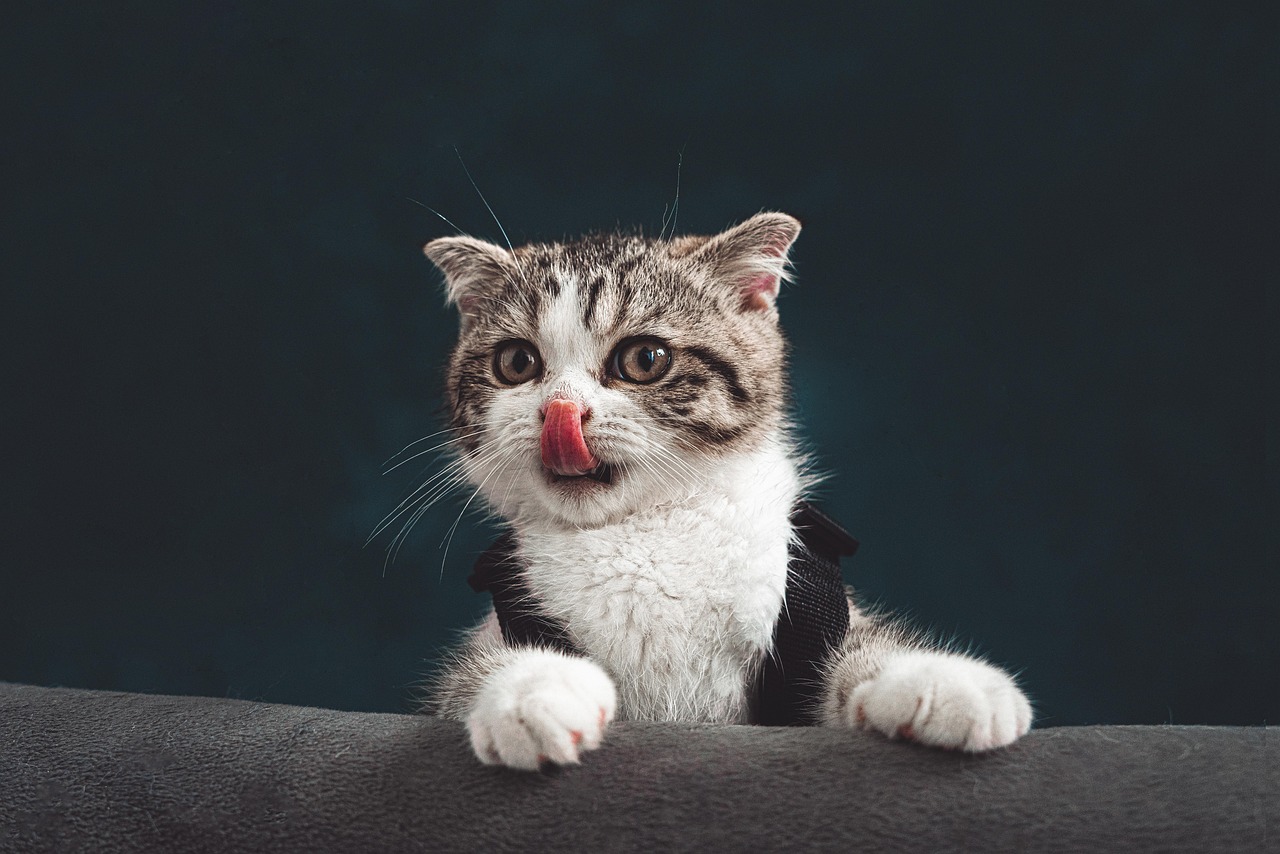
If your cat paws at you and then goes to their food or water bowls, that may be a sign that they want food or water. Smart cats quickly learn that a gentle paw touch followed by walking toward their needs creates an effective communication system.
If the tap is followed by them walking away or looking away, they may be wanting you to provide something. Hungry cats or those wanting outside, will often pat first then lead you to the desired reward, such as their food bowl or an exit point such as the door or window. Your cat has essentially trained you to follow their lead when they use this particular signal.
It Could Be Playful Behavior
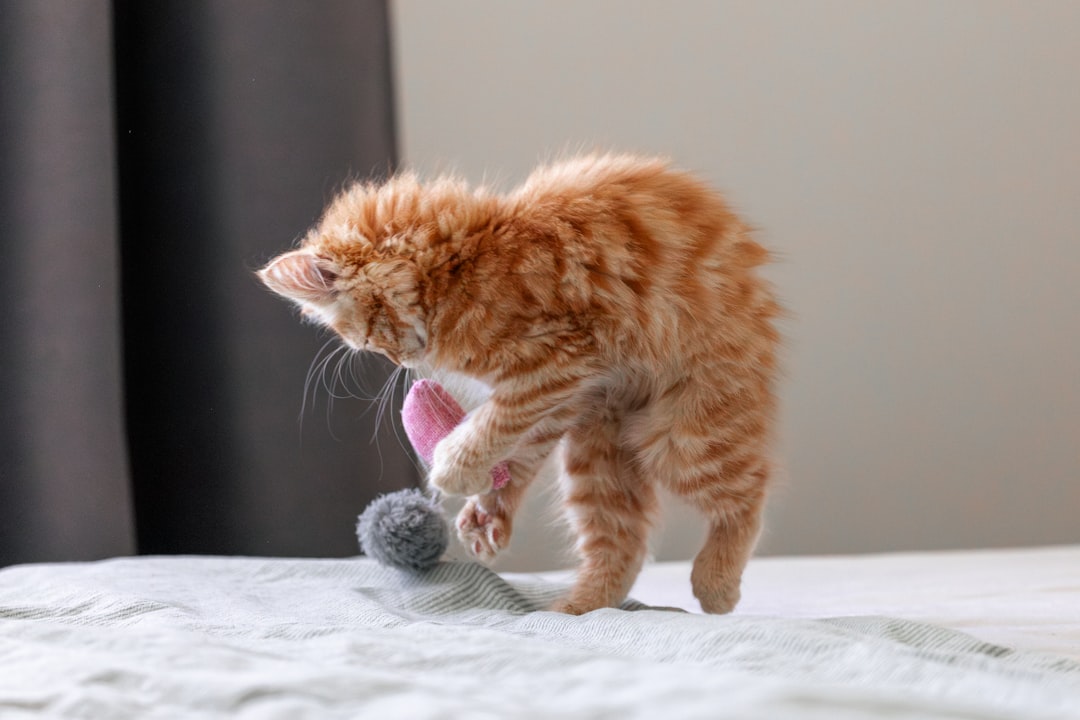
Cats tapping or swatting at you is a way they like to play-fight with humans or other cats. This playful pawing typically feels different from attention-seeking touches, often involving more energy and sometimes gentle batting motions.
When cats put their paws on your face, it can be a sign that your cat wants to play. Just as cats use their paws to play with toys, your cat may put their paw on you to initiate playtime. However, it’s important to redirect this energy toward appropriate toys rather than encouraging them to use your hands as playthings.
They’re Communicating Stress or Discomfort
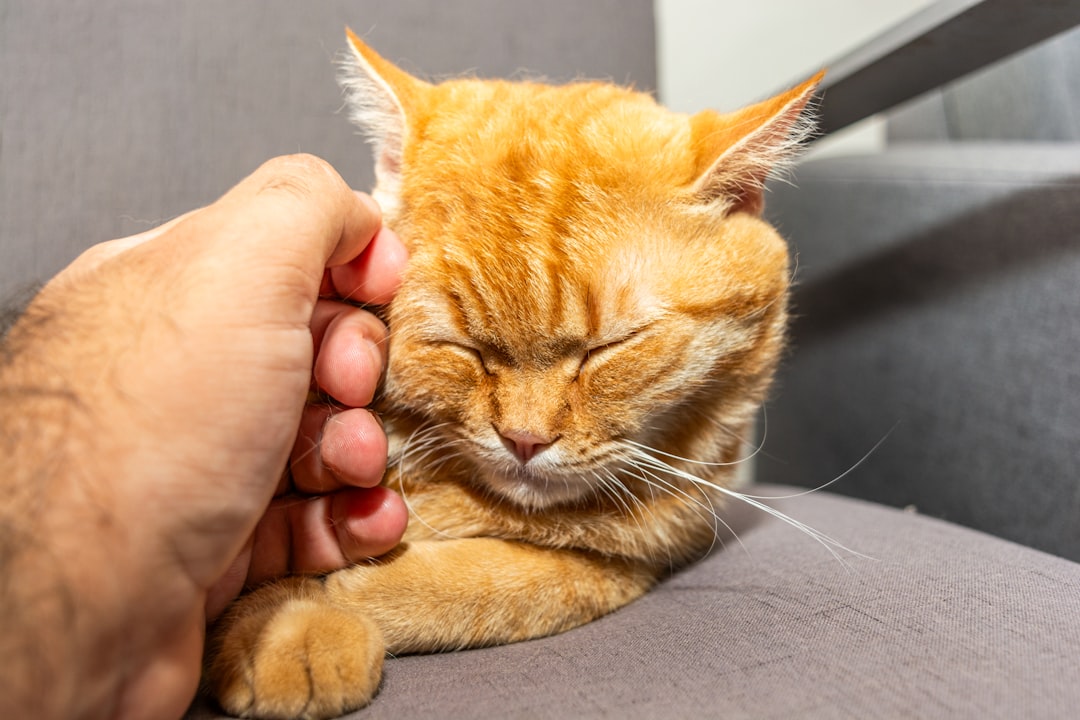
A cat may indicate stress or discomfort by tapping you with a paw. Kneading can be a self-soothing mechanism to release tension and calm down. Not all paw touches are positive, and learning to read the context becomes crucial for understanding your cat’s emotional state.
Pay attention to your cat’s body language to see what the pawing is communicating, and if it’s coupled with any signs of distress. Signs like flattened ears, tense posture, or rapid tail movements might indicate that your cat is using paw contact to seek comfort during anxious moments rather than simply wanting attention or affection.
Understanding the Trust Behind Paw Touching
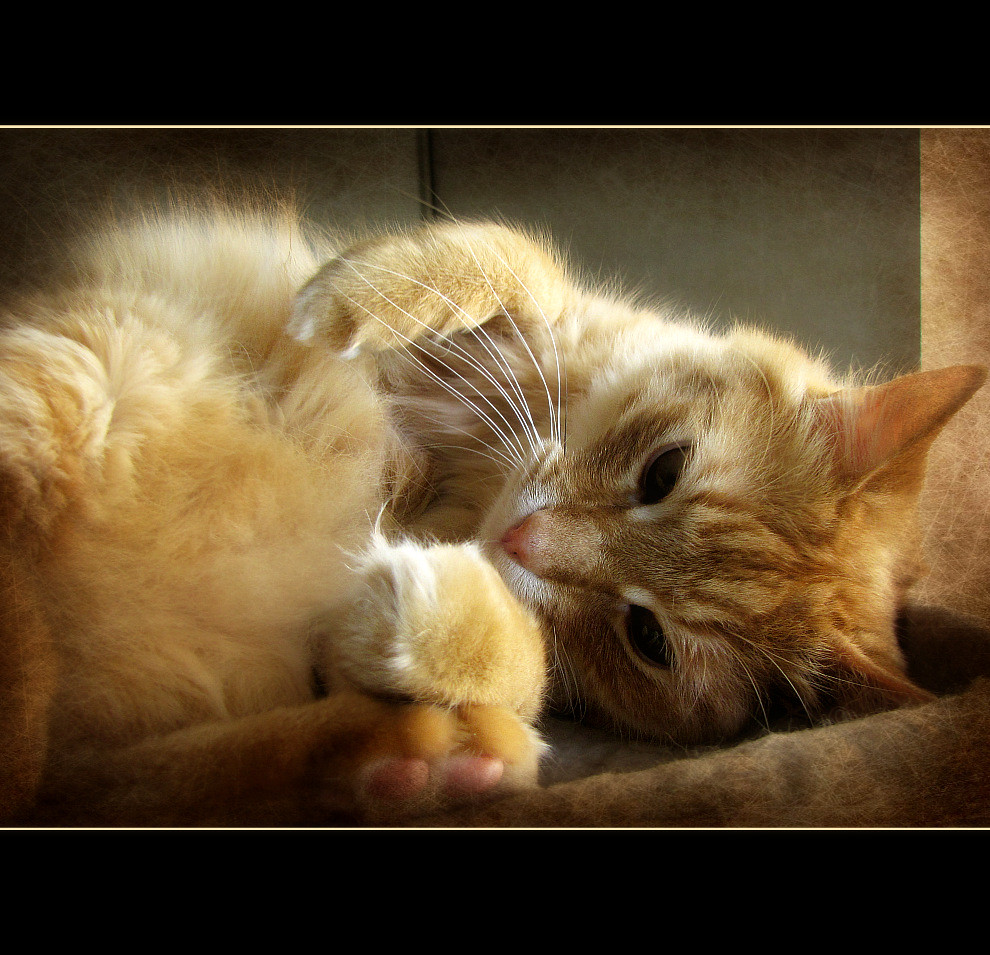
When your cat lets you touch their paws, they’re demonstrating an exceptional level of confidence in you. This permission signals that they view you as a trusted family member and feel secure enough to be vulnerable in your presence. The same level of trust applies when they choose to touch you with their sensitive paws.
Cat paws are sophisticated sensory organs that serve multiple crucial functions. These specialized appendages contain numerous nerve endings that help cats navigate their environment with incredible precision. The high concentration of receptors allows them to detect subtle changes in temperature, pressure, and texture, making their paws essential for survival and daily activities. When they willingly use these precious tools to make contact with you, it represents significant trust and affection.
The next time your cat gently places their paw on you, take a moment to appreciate the complex message they’re sharing. Whether they’re seeking attention, expressing love, or simply wanting to connect, these tender touches represent some of the most meaningful communication you’ll receive from your feline companion. What stories do you think your cat’s paw touches are telling you?






